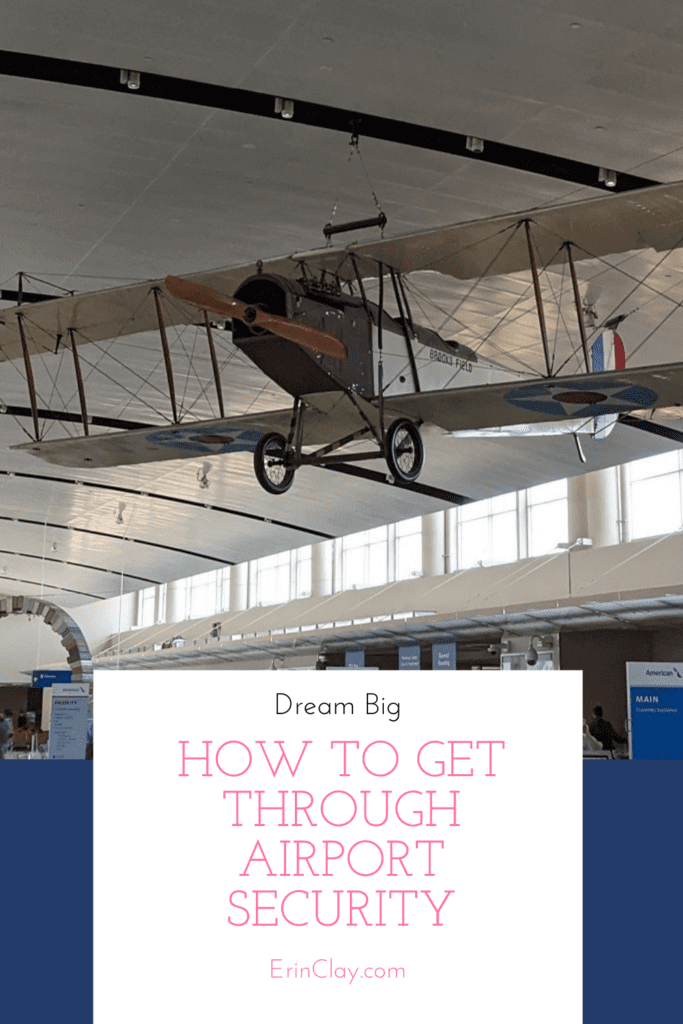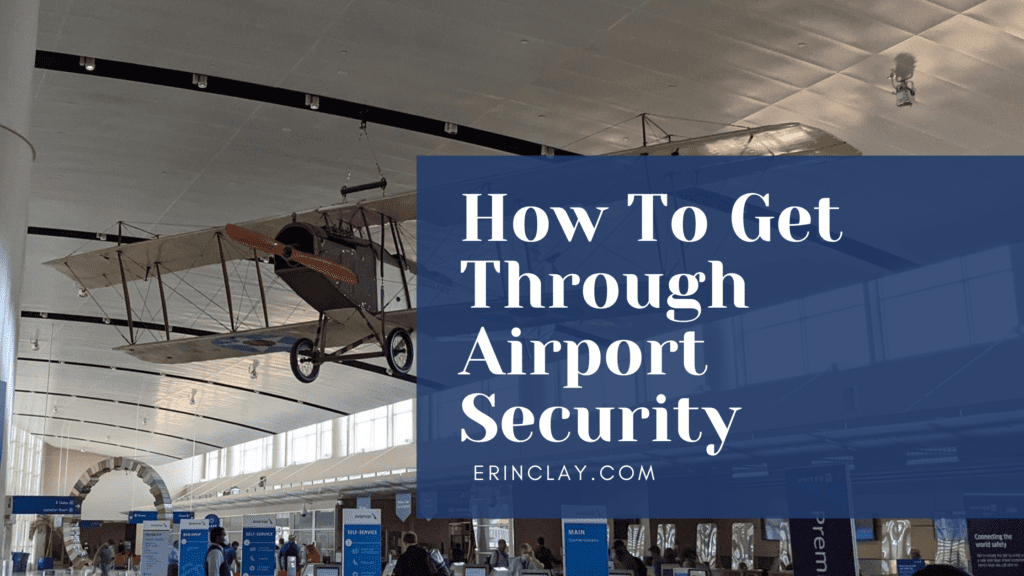I love to travel, and I hope to see as much of the world as possible, but I’m not going to lie, TSA stresses me out. Here is my TSA Survival Guide: How To Get Through Airport Security.
Knowing What To Expect Is Half The Battle
TSA will not check to see if your luggage is the correct size, so you will want to know ahead of time if you will be permitted to carry your luggage on the plane. You are allowed one carry-on suitcase and one bag when boarding the plane. The standard suitcase size must measure less than 22″ x 14″ x 9″. They will tag it and place it below if it is larger than that. You can carry a bag that can easily fit under the seat, including backpacks, pocketbooks, and diaper bags. I have also seen people with reusable shopping bags, as long as it fits under the seat easily.
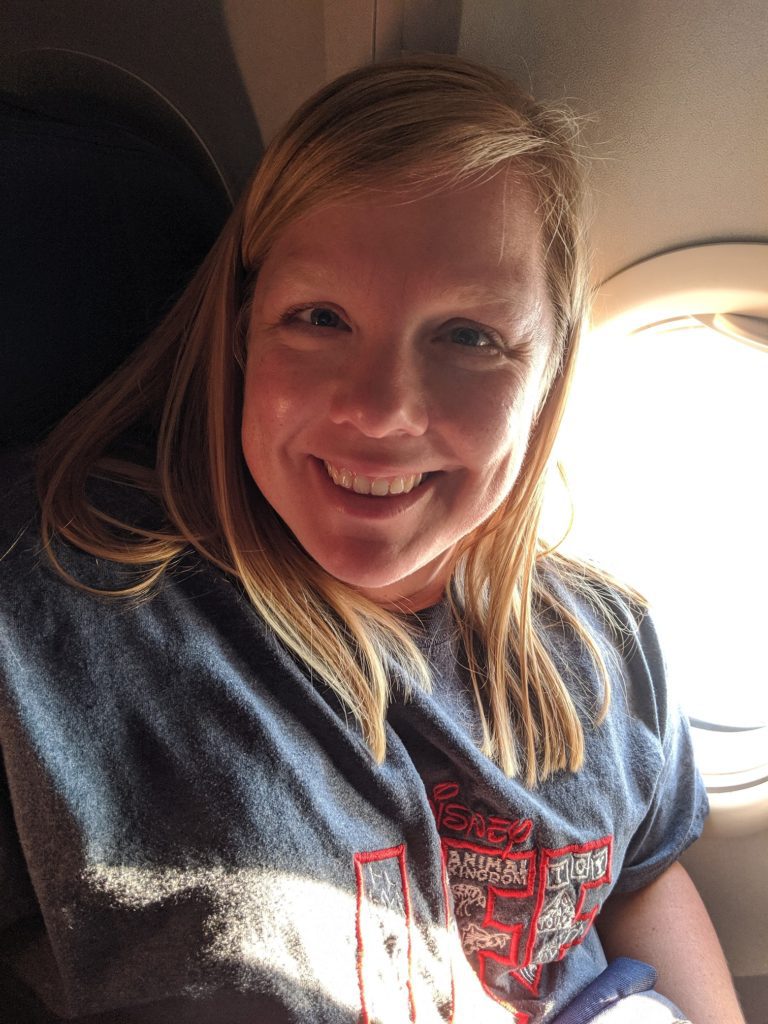
What To Pack In Your Carry-On
- Clothings, belts, and shoes
- Liquids, aerosols, gels, creams, baby powder and paste 3.4 ounces (100 mililiters) or less, placed in a a quart-sized clear bag. Larger items must be in checked baggage
- Baby nourusment, baby food, formula, brestpump
- Medication
- Croche hooks, kniting needles, and disposable raizors
- Contact lenses and solution less 3.4 oz or less, blood sugar test kits, insulan, epipen, cane, crutches, inhalers (must present to TSA for inspection)
- CPAPs
I pack all liquid and medical items in a clear bag and place the bag in a separate bin. This helps ensure my TSA process is quicker, and they don’t have to open up my luggage.
CPAPs can be carried through TSA, and it does not count as your bag, so if you have a CPAP, you can have one carry-on one bag and the CPAP in its travel bag. Most CPAP bags have a strap that you can hook onto your luggage.
For a complete list of items you can pack in your carry-on and your checked luggage go to TSA’s What Can I Bring?
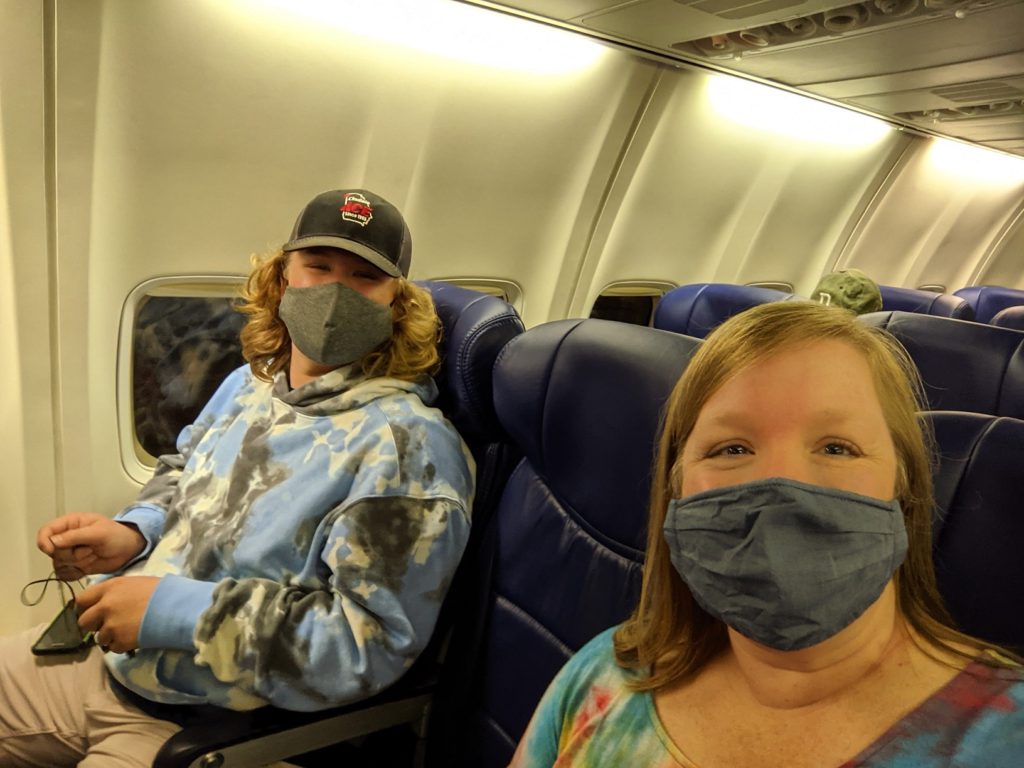
Arrival At TSA
Each airport TSA has slightly different operating procedures. To ensure a smooth experience with TSA, be alert and listen to instructions. In one TSA experience, we didn’t have to remove our electronics, but always be prepared.
- Ensure you get through TSA in time to board your plane by arriving at least 2 hours before your boarding time. If you are traveling with children, the elderly, handicapped, someone with anxiety, or first-time flyers, you may want to arrive earlier.
- Once you have checked your luggage and printed your ticket, go to the TSA queue to pass through security for your flight. Checking your luggage and printing your ticket are both optional. You can always take a carry-on and use your mobile app for your ticket.
- Have your paperwork and documents ready. This would include your Passport, Driver’s License, Government Issued Identification, and Ticket.
- You will put your luggage, electronics, shoes, phone, jackets, and anything else you have with you into separate bins on the table to be slid through the x-ray machine.
- Once you place all your items on the table or belt, you will step up to be scanned. The scanner checks for objects; it is not an x-ray machine. It always detects something on my ankle. Once I step out of the device, they check my ankle to ensure I don’t have anything, and I pass through. One TSA worker told me it was probably an abnormality in my bone that the machine sees, which is odd because my husband is the one with the plate in his ankle.
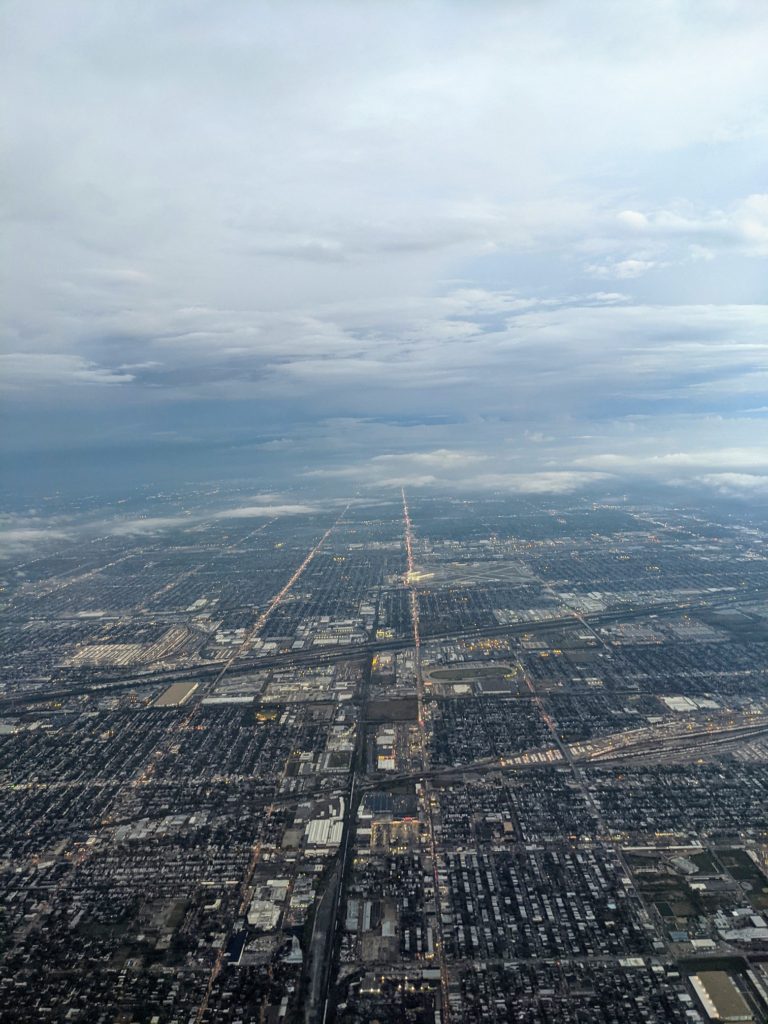
Tips To Make Things Smoothly
- Wear easy to slide on and off shoes (flip flops or sandals would be ideal, but I can’t stand the thought of my bare feet on the dirty floor)
- Everyone must remove their belts (I choose clothes that don’t require a belt or pack it in my carry-on and put it on later)
- Have your liquid toiletries in a separate clear plastic bag that is easily accessed.
- Have your electronics packed in easy-to-access bags.
- Hoodies, Jackets, and Coats must be removed and placed in a bin.

Don’t forget to follow me on social media!
